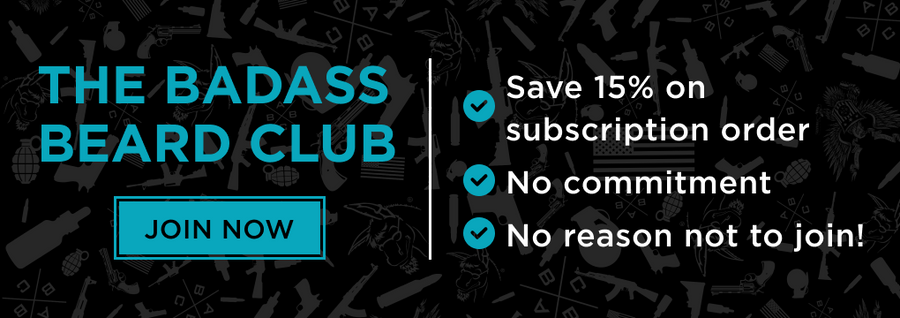TL;DR: Brushes and combs each serve different purposes. Use a brush to distribute beard oil, train growth, and add volume. Use a comb to detangle, define lines, and shape longer beards without snagging.
Introduction
The right tool changes everything. A brush and a comb do not do the same job. Choose wisely and your beard looks fuller, softer, and more controlled. Choose poorly and you get snags, frizz, or a flat, uneven look. Here is how to pick the best beard grooming tools for your daily routine.
What’s the difference between a beard brush and a beard comb?
- Material: A boars hair beard brush grips hair and carries natural oils. A quality comb uses smooth wood or premium acetate to glide without static.
- Spacing: Brush bristles are dense and flexible for lift and distribution. Comb teeth vary in width for short, medium, or long beards and for mustache detail.
- Intended use: Use a brush for oil distribution, training growth, and adding volume. Use a comb for detangling, defining cheek and mustache lines, and precise shaping.
Should you brush your beard every day?
Yes, for most beards. A light daily brushing after applying beard oil spreads hydration from root to tip, exfoliates the skin gently, and keeps your beard neat. Do not overdo it. If your beard is very short or fragile, brush once daily and skip aggressive strokes. The goal is smooth, not scraped.
Does brushing help beard growth?
Indirectly, yes. Brushing stimulates the skin, lifts dead cells, and improves the spread of natural oils and beard oil. That supports a healthier growth environment. It will not create new follicles, but it can reduce breakage and help your beard look thicker by training hairs to lay in one direction.
How do you clean beard brushes and combs?
- Brush: After use, pull out trapped hairs with a wide tooth comb. Once a week, wash bristles in lukewarm water with a drop of gentle soap, rinse well, and air dry bristles down on a towel.
- Comb: Remove hair and wipe with a damp cloth. For a deeper clean, use mild soap and water, then dry fully. For wood combs, avoid soaking. For acetate combs, a quick wash and towel dry is perfect.
- Hygiene tip: Clean tools prevent product buildup that can cause flakes, dullness, and beard acne.
When should you switch tools?
- Short beards and stubble: Use a brush for training growth and spreading oil. A fine tooth comb is optional for mustache control.
- Medium beards: Start with a comb to detangle after a shower, then brush to distribute oil and add uniform volume.
- Long or curly beards: Use a wide tooth comb first to detangle without breakage, then follow with a boars hair brush to smooth and set the shape.
- Sensitive or knot prone beards: Always detangle with a comb from the ends upward before brushing to avoid pulling.
Pro routine for best results
- Wash your beard as needed and pat dry until slightly damp or fully dry.
- Apply a few drops of beard oil, massaging down to the skin.
- Comb from the ends upward to remove tangles, then comb down to set direction.
- Brush to distribute oil evenly, lift at the roots for volume, and polish the surface.
- Finish with a small amount of balm if you want light hold and clean edges.
Recommended Next
- Product: Boars Hair Beard Brush
- Product: Fine Tooth Ox Horn Comb
- Additional Reading: Fixing a Scraggly or Wiry Beard








